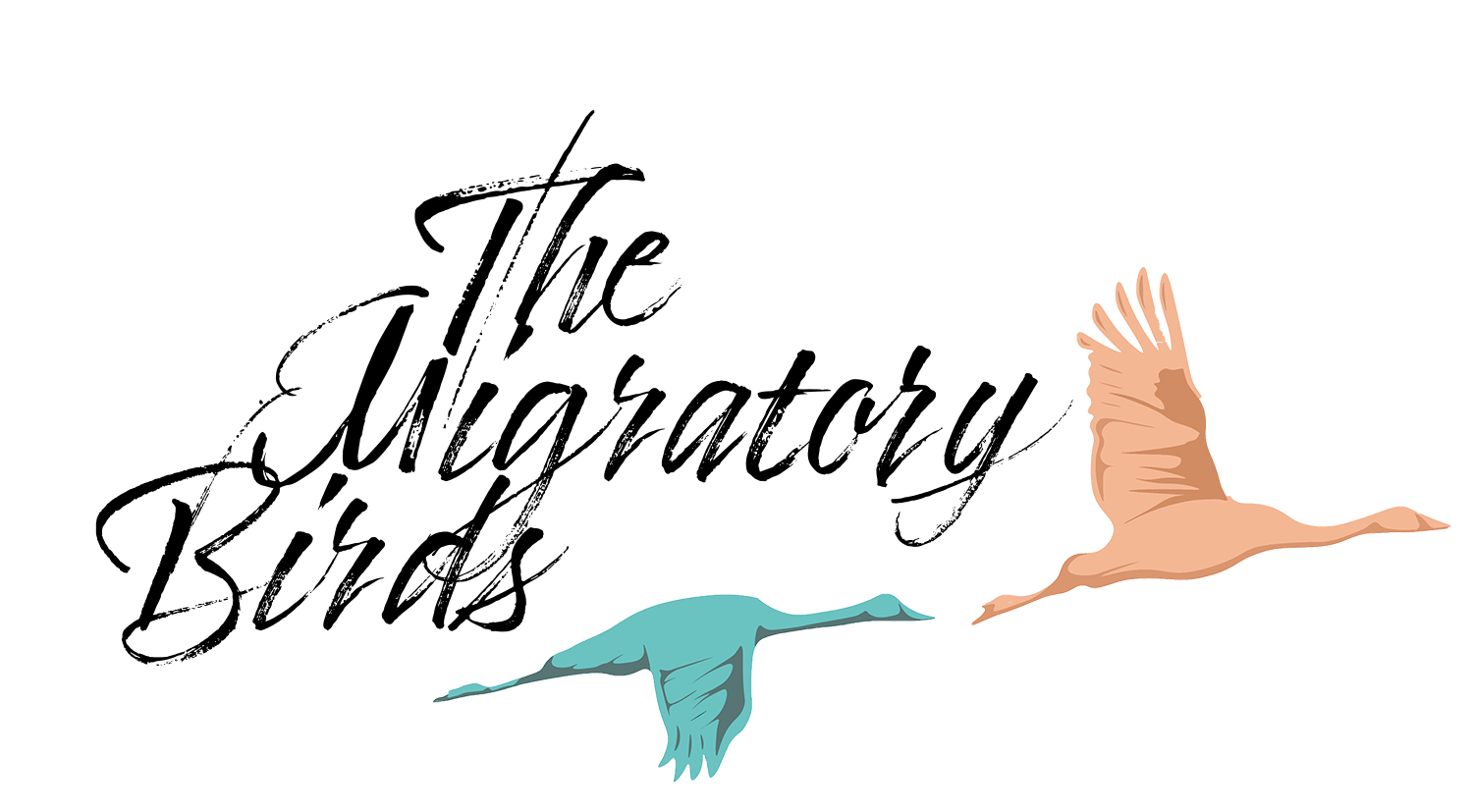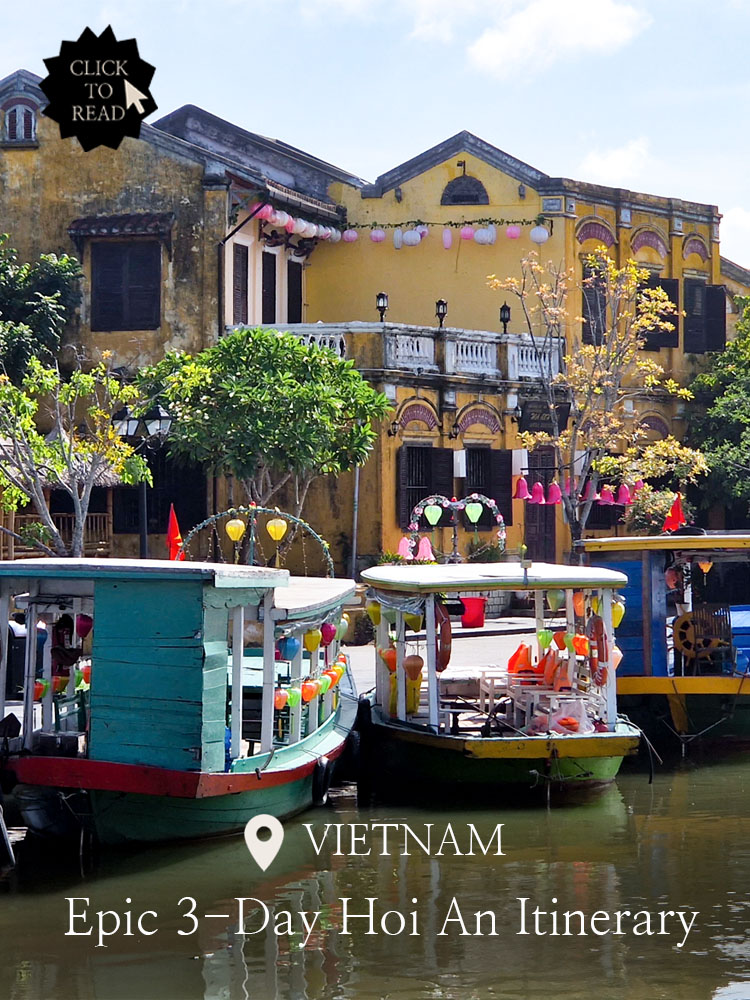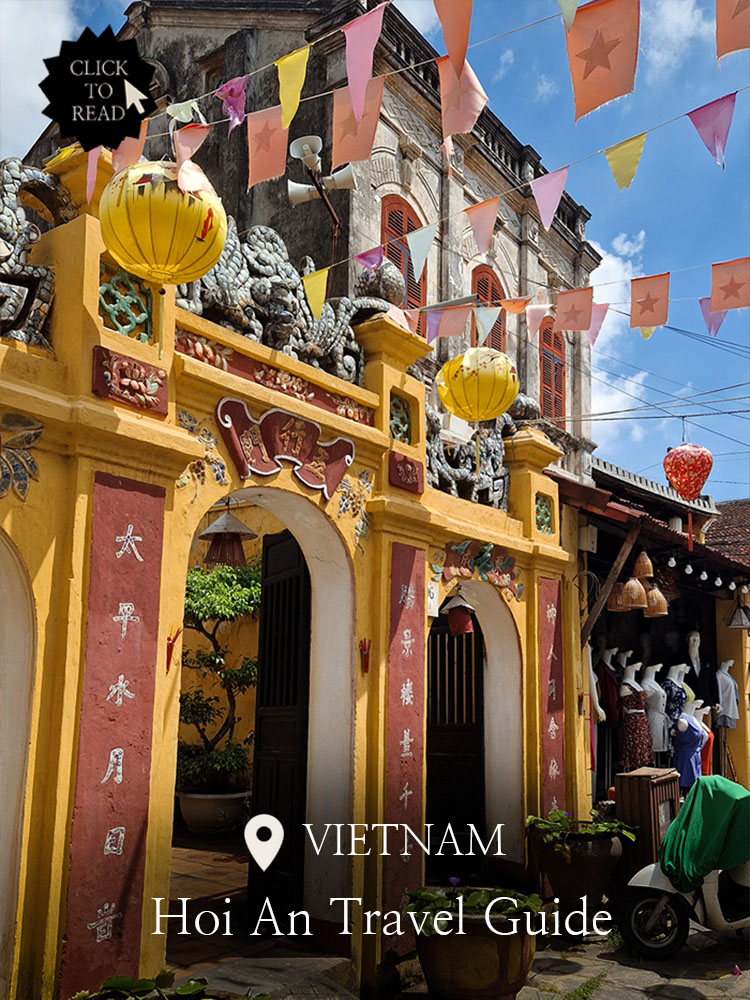Complete Vietnam Travel Checklist – eVisa, Best SIM Card, Why Negotiating Is a Must & more!
Are you currently planning your trip to Vietnam and unsure whether you have sorted everything there is to sort before your upcoming trip? If yes, then you have come to the right place! In this complete Vietnam Travel Checklist, we walk you through the most important things (such as: ‘Do you need an E-Visa? What SIM Card or eSIM provider is best? Do you need cash?’ And so on.) you need to consider before your first ever trip to Vietnam!
Note: This post may contain affiliate links. By interacting with these links, you can support us and our website at no extra cost to you🍀! Our affiliate links are marked by an *, so you can recognise them in advance. For more information, read our Disclaimer.

Complete Vietnam Travel Checklist
In this Vietnam travel checklist, we cover five major categories and a number of subcategories that we think are relevant for anyone planning a trip to Vietnam.
While this more technical stuff may not be as exciting to read about, we guarantee it will help you have as smooth a trip as possible! As always, you can use the Table of Contents above to skip to the sections that are most relevant for you personally and your trip. There is a lot to unpack, so let’s get started!
1. Vietnam Entry Requirements
In this section, we will go over the general entry requirements to travel to Vietnam. It is meant to give you an overview of what you might need to prepare before your trip. However, make sure to always check with the embassy of your own country for further information and latest updates. (This section was last updated in May 2025).
🛂 What are the general entry requirements for a short-term stay in Vietnam?
- Your passport needs to be valid for at least another 6 months upon entry to Vietnam.
- An E-Visa, if required for the country your passport is issued from.
- Proof of onward travel.
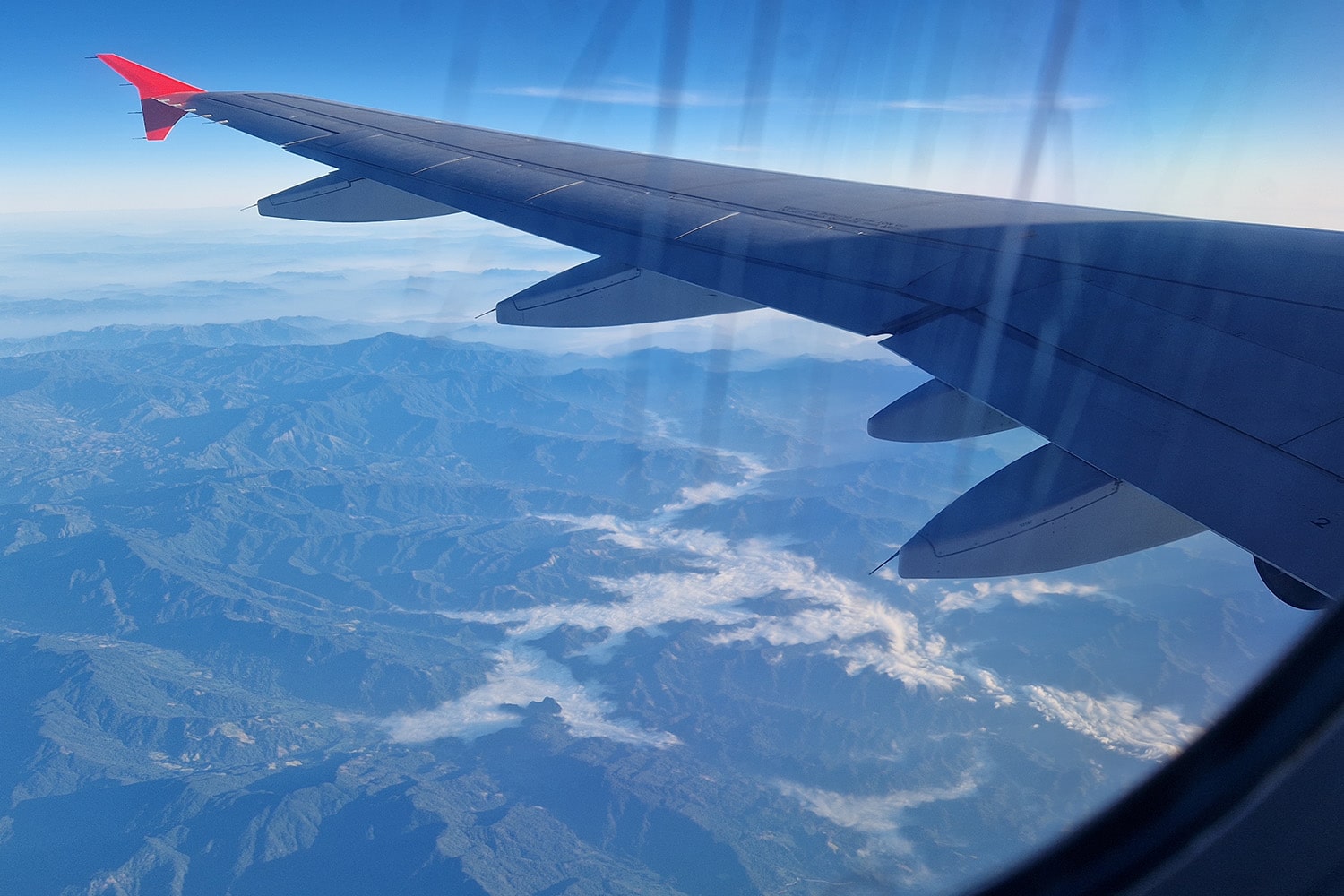
🪪 Do I need a Visa to go to Vietnam for a short term visit?
Apart from a few exceptions, citizens from most countries around the world need some sort of Visa to enter Vietnam for tourism purposes.
However, quite recently the list of countries with Visa Exemptions has been extended, so it is worth checking first whether your country is on that list or not. To give a few examples:
- A few European countries such as Denmark, Finland, France, Germany, Italy, Norway and Spain can stay for up to 45 days without a Visa. The same applies to citizens from Japan and South Korea.
- Citizens from other Southeast Asian countries are Visa-exempt for varying durations. Malaysians, Singaporeans and Thai can for instance stay for up to 30 days.
- You can find a list of all Visa free countries on this Vietnamese government website.
If your country is not listed under Visa Exemptions, then yes you will need a tourist Visa to travel around Vietnam. The number of days you can get a Visa for will also vary from country to country.
Vietnam in general has two types of tourist visa.
- One is a visa on arrival. However, in order to be eligible for this you will need to contact a travel agency in Vietnam and obtain an approval letter from them. The latter then needs to be presented to the immigration officer upon arrival. DO NOTE that this form of visa can only be used when entering the country via an airport. In practice this is only used in case of emergencies since the approval letter can usually be obtained in a matter of 1-2 working hours.
- The most common practice for tourists is to obtain an E-Visa prior to the trip. Apply for your E-visa through the Official Vietnamese E-Visa Website to avoid scams and overpriced visa fees. The official fees are 25 USD for a single-entry and 50 USD for a multiple entry E-Visa. Getting your E-Visa approved is a matter of ~3-5 working days, however it is usually advised to apply a few weeks in advance to be sure. Once received, the E-Visa is valid to be used within 90 days.
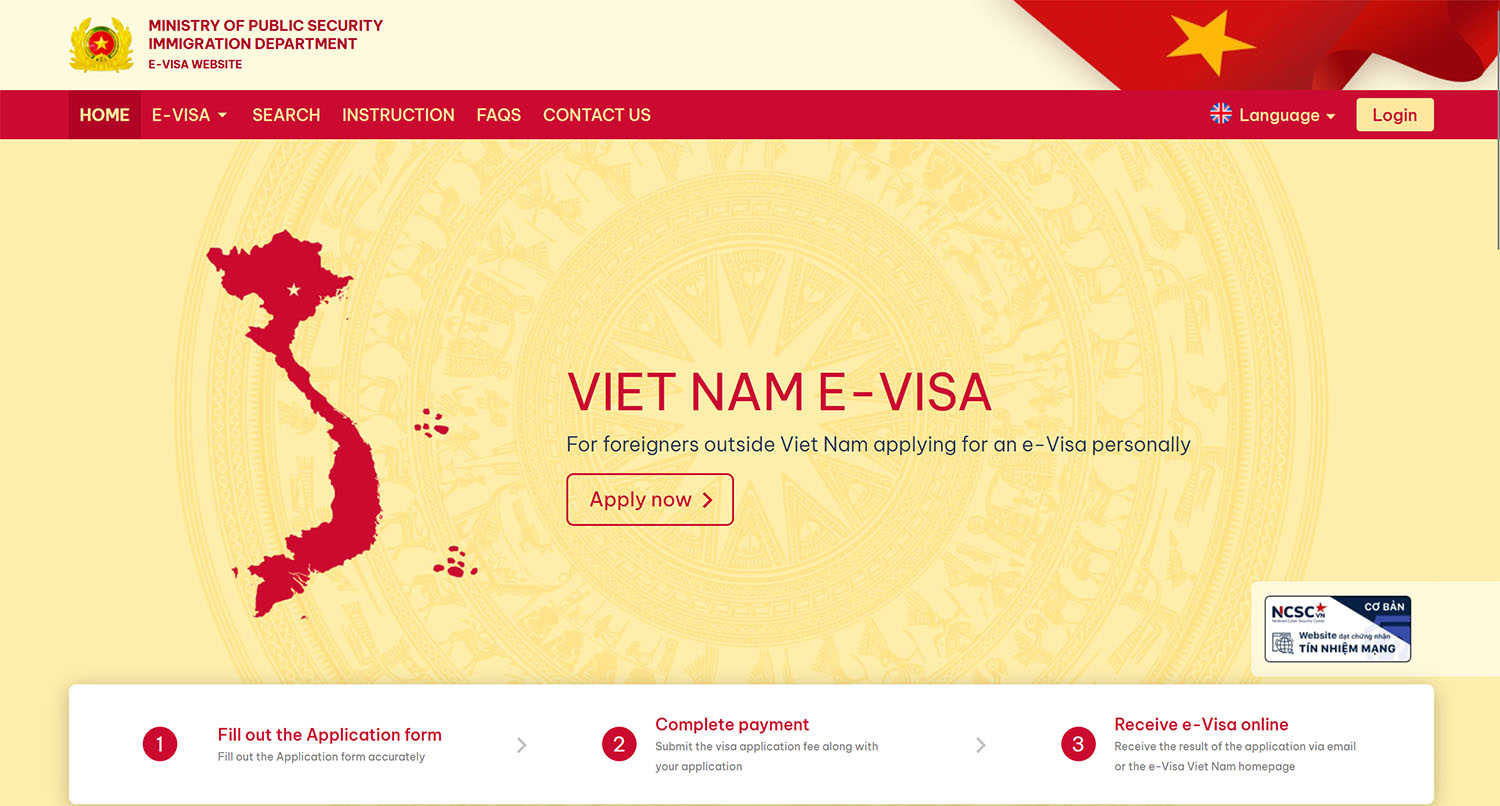
2. Official health recommendations & requirements
- Generally, when going to a new destination we recommend you to visit your nearest travel clinic and talk to a doctor about recommended vaccines and medication for that particular country or region. Make your decisions based on the provided information of your doctor.
- A good online resource to get a first idea of general recommendations is the Fit for Travel website.
- The latter also provides a Malaria Risk Map for Vietnam. Personally, we did not have Malaria prevention tablets on us for our Vietnam trip. However, if you are unsure, get advice from your travel doctor.
✅ There are a few recommended, however no required vaccines for travel to Vietnam.
3. Best SIM Card, Essential Apps and more!
In this next section we will look at the essentials for travelling Vietnam. What SIM Card is best? Should you get a physical SIM Card or an eSIM? What Apps are a MUST for navigating Vietnam? And, what attractions should you absolutely book in advance? Let’s find out!
📶 What SIM Card is best for Vietnam?
The first question that needs answering when deciding on what SIM Card you should get is:
Do you prefer a physical SIM Card or an eSIM?
If your phone is a Dual-SIM phone, you could get a physical SIM Card in Vietnam and simply use it as your second SIM for data, while still being able to keep your regular SIM in your phone as well. This is what I (Florence) usually do. Otherwise, it might be easier to get an eSIM, which is what Andy prefers to do. Note: Not every phone is compatible with eSIM, so check beforehand!
How much data do you need per day?
This will depend on you, however we find that 1GB per day is usually a good rule of thumb and was always more than enough for us since most accommodations have Wi-Fi anyway.
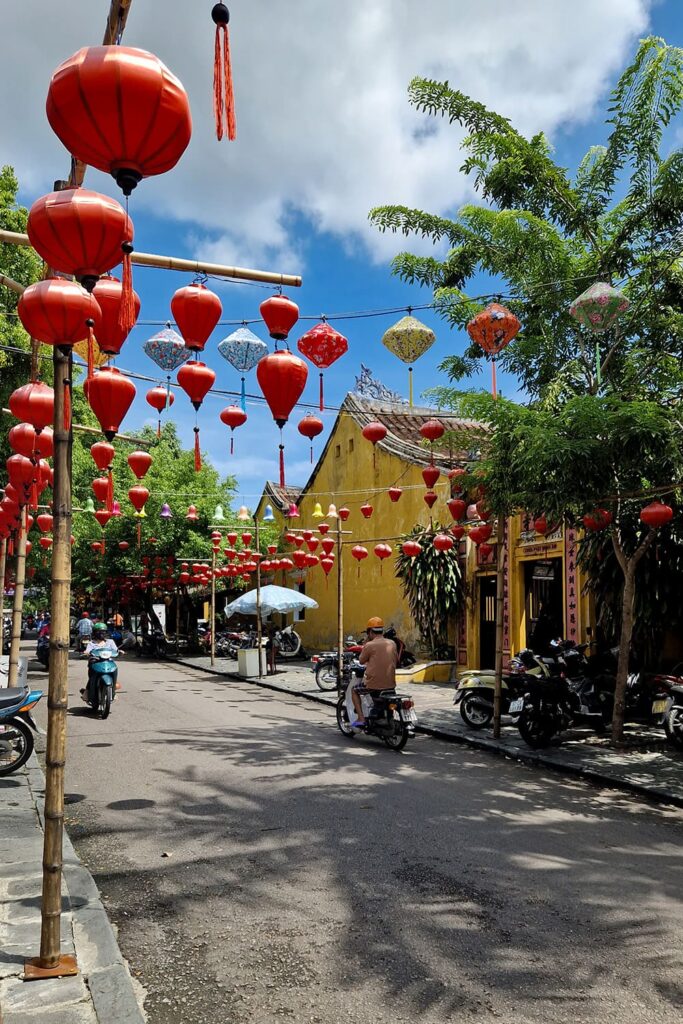
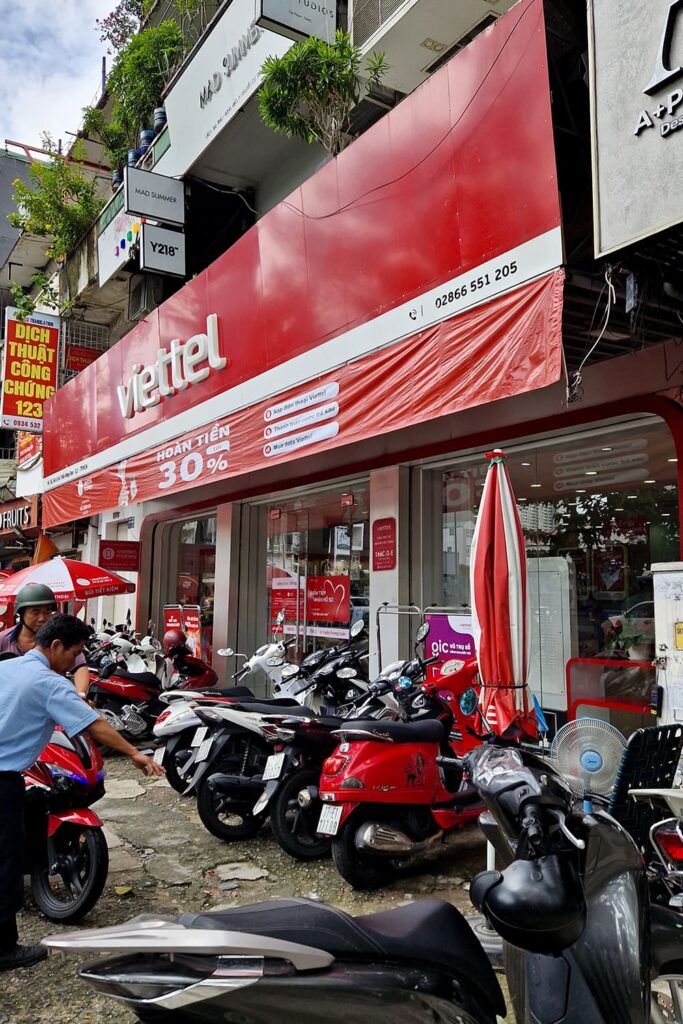
What SIM Card respectively provider is best for travelling Vietnam?
Vietnam has three main providers: Viettel, Vinaphone and Mobifone. The general consensus seems to be that Viettel is the best provider for Vietnam in terms of overall national coverage. If you stick mostly to cities, then Vinaphone should be fine too.
Since we had read as much before going to Vietnam (and our itinerary contained quite a few more rural areas), we decided to go with Viettel and ended up being very happy with that decision.
Down below you can find a table that gives you an overview of different offers from various operators. Note: This table does not contain every single offer and operator available. We included the offers we personally found most attractive in various scenarios.
|
Validity | ||||
|---|---|---|---|---|
|
5 days |
/ |
Unlimited for ~7€/$ |
/ |
Unlimited for ~4€/$ |
|
7 days |
5GB/Day ~7€/$ |
Unlimited for ~7,80€/$ |
Unlimited for ~7€/$ |
Unlimited for ~6€/$ |
|
10 days |
/ |
Unlimited for ~9€/$ |
/ |
Unlimited for ~7€/$ |
|
15 days |
/ |
/ |
/ |
/ |
|
30 days |
5GB/Day ~10€/$ |
Unlimited for ~13,50€/$ |
Unlimited for ~14,50€/$ |
/ |
One more option is to go to a Viettel Store in person to sort everything out once you are in Vietnam. This may be less convenient than airport pick-up, however it will be the cheapest option. A physical Viettel Tourist SIM for 30 days (Unlimited Internet) should cost you no more than 200.000VND (~7€/$) and can be purchased in advance via the official Viettel website.
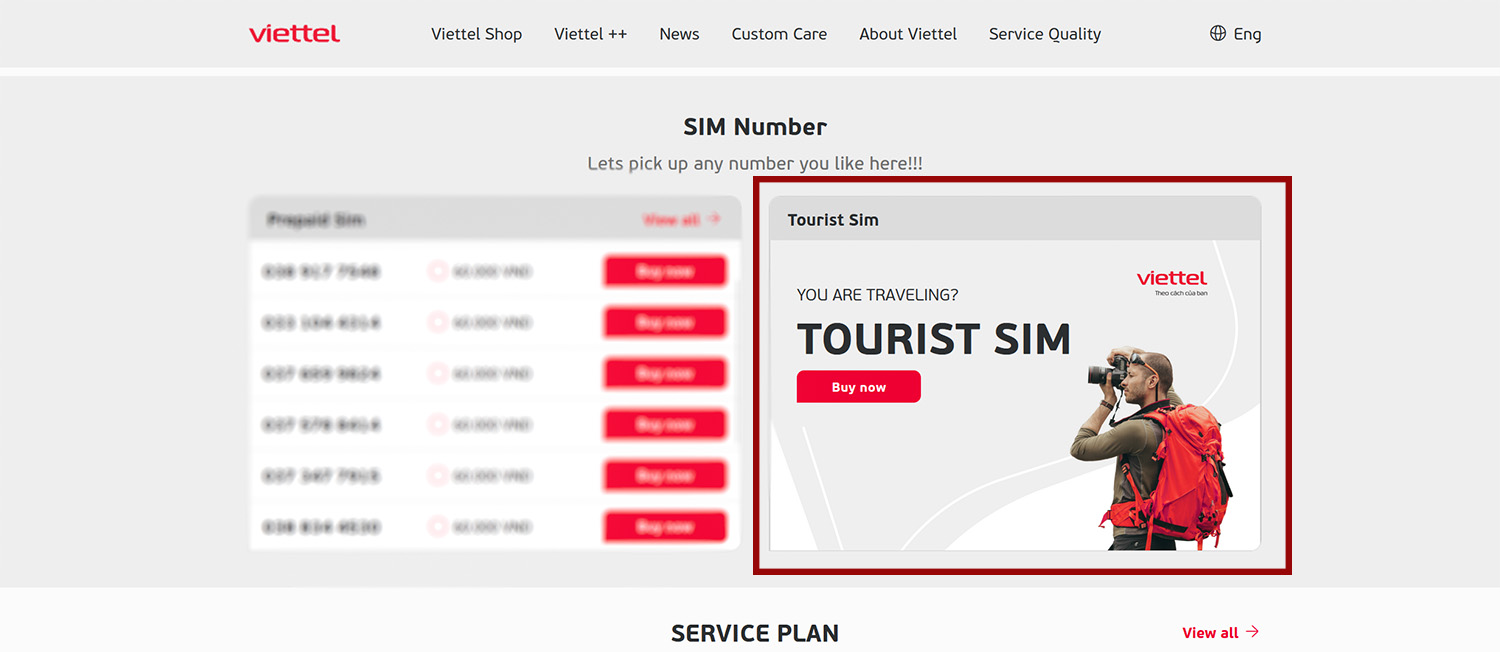
This is actually what Florence did after we reached Ho Chi Minh City and it may also be your best option if you travel to Vietnam via land. You don’t necessarily need to book your Viettel SIM in advance. Just make sure you are buying one at an official Viettel store and remember to bring your passport when doing so!
📱 Useful Apps for travelling Vietnam
For us personally, travelling Vietnam (or Southeast Asia in general) without the following Apps would be an absolute nightmare. So, what are our top 3 most essential Apps for travelling Vietnam?
- Grab – Grab is basically the Southeast Asian equivalent of Uber. Great for getting around by organising rides from A to B or take-away food deliveries! We usually rely on it quite a bit when in Southeast Asia!
- WhatsApp – When booking a tour or transportation in Vietnam, communication with the operator is often times done via WhatsApp. Therefore things will be so much easier if you have it. Note: You don’t need a Vietnamese phone number for this.
- Google Maps. – Good for navigating and finding e.g. the closest ATM or the best restaurants in your area.
🎟️ Popular attractions and tours that are best booked in advance
Most attractions in Vietnam can be booked somewhat spontaneously. Often times we booked day tours 2-3 days in advance and entrance tickets on site and it was fine. Those are the tours and attractions we won’t talk about here and rather mention in the travel guides to their specific destination. Do note that we travelled Vietnam during October, which is not necessarily high season in most parts of the country.
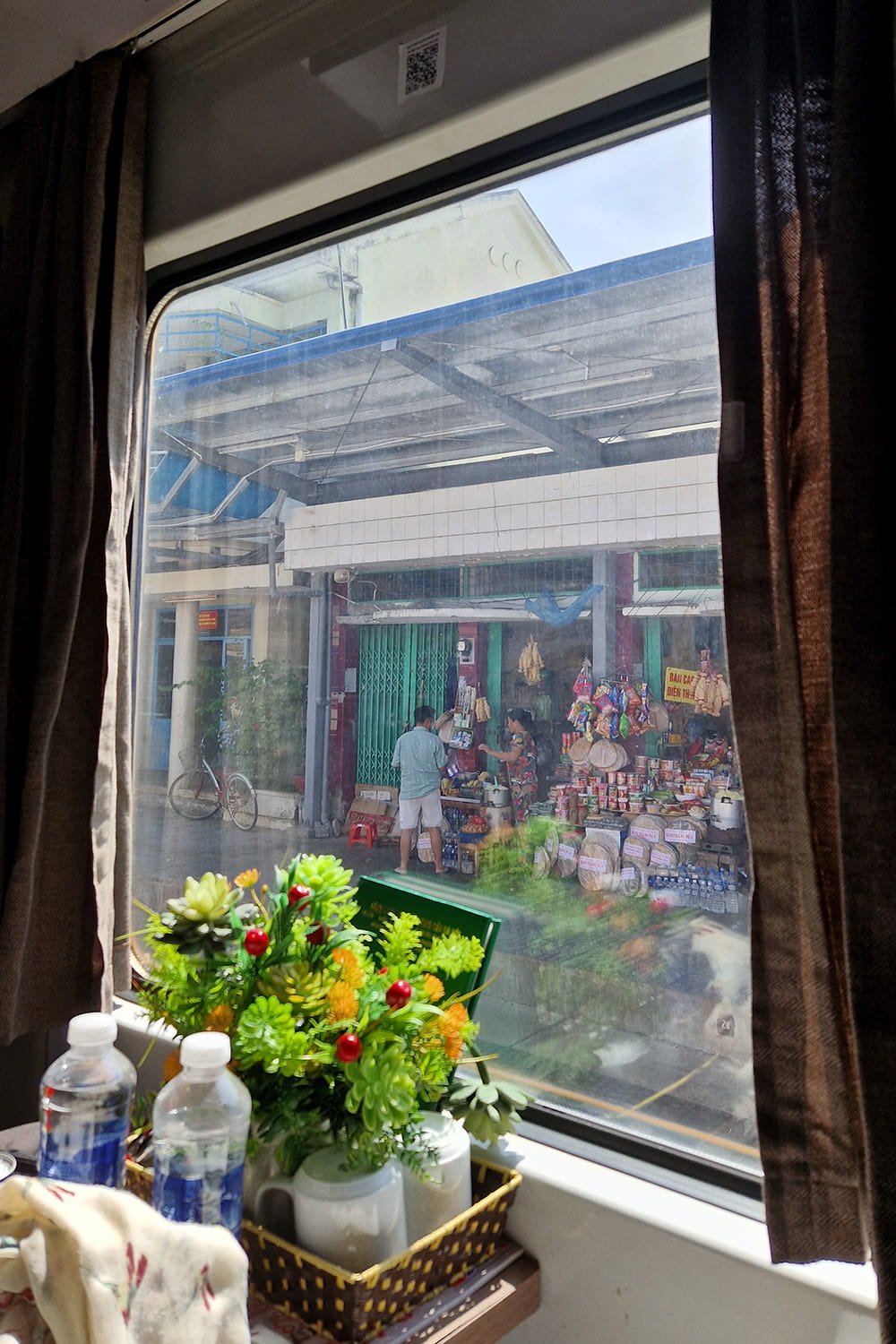
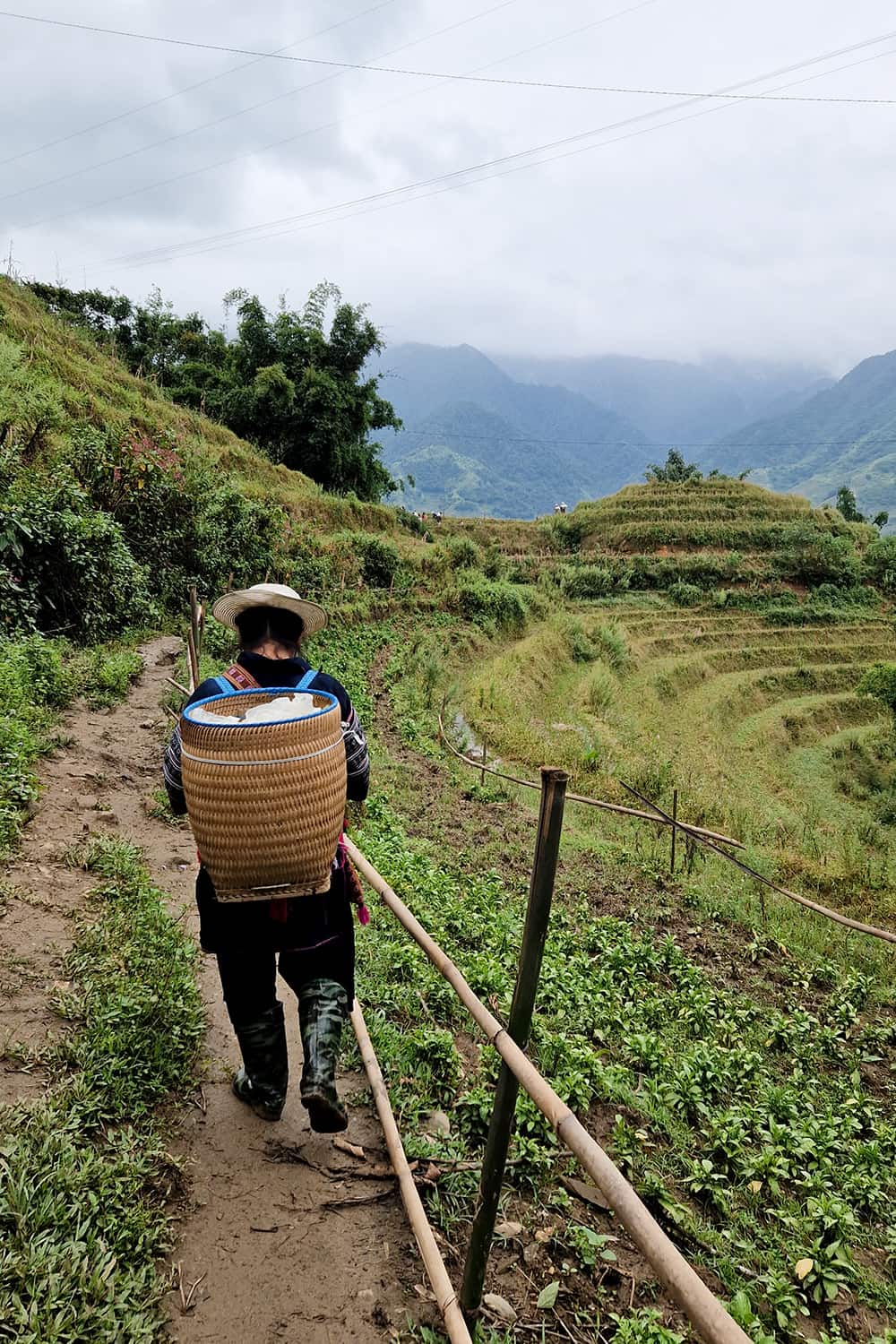
There are however a few experiences we would highly recommend booking at least a few weeks in advance no matter when you travel. So, let’s see what they are!
Three experiences to book in advance:
- Let’s start with the most popular/obvious one: the Halong Bay Cruise. There are a great many cruises each day on the Halong Bay. Most with similar itineraries. So you are actually not short on options. However, as with everything, the best ones in terms of price-performance ratio are always the first to go. Therefore we would highly recommend thinking about what you are looking for in a cruise on the Halong Bay well in advance. There will be a more in depth post on this topic in the future. We did quite a lot of research when choosing the best way to visit the Halong Bay for us and we will be sharing everything we learned with you as well as it may help you with your own decision.
- The next experience you should book in advance is the Sleeper Train. Especially, if you are looking to book a private cabin. The latter are quite limited on each train! The easiest way to book a sleeper train cabin is via 12 Go Asia*. We booked ours via their platform as well!
- Finally, one more thing we would recommend booking in advance is your hike and homestay experience in Sa Pa, Vietnam’s gorgeous north! We booked via Sapa Sisters, a Hmong-owned local company, that offers 1-, 2- and 3-day trekking trips through Sa Pa’s stunning landscape! Highly recommend checking out!
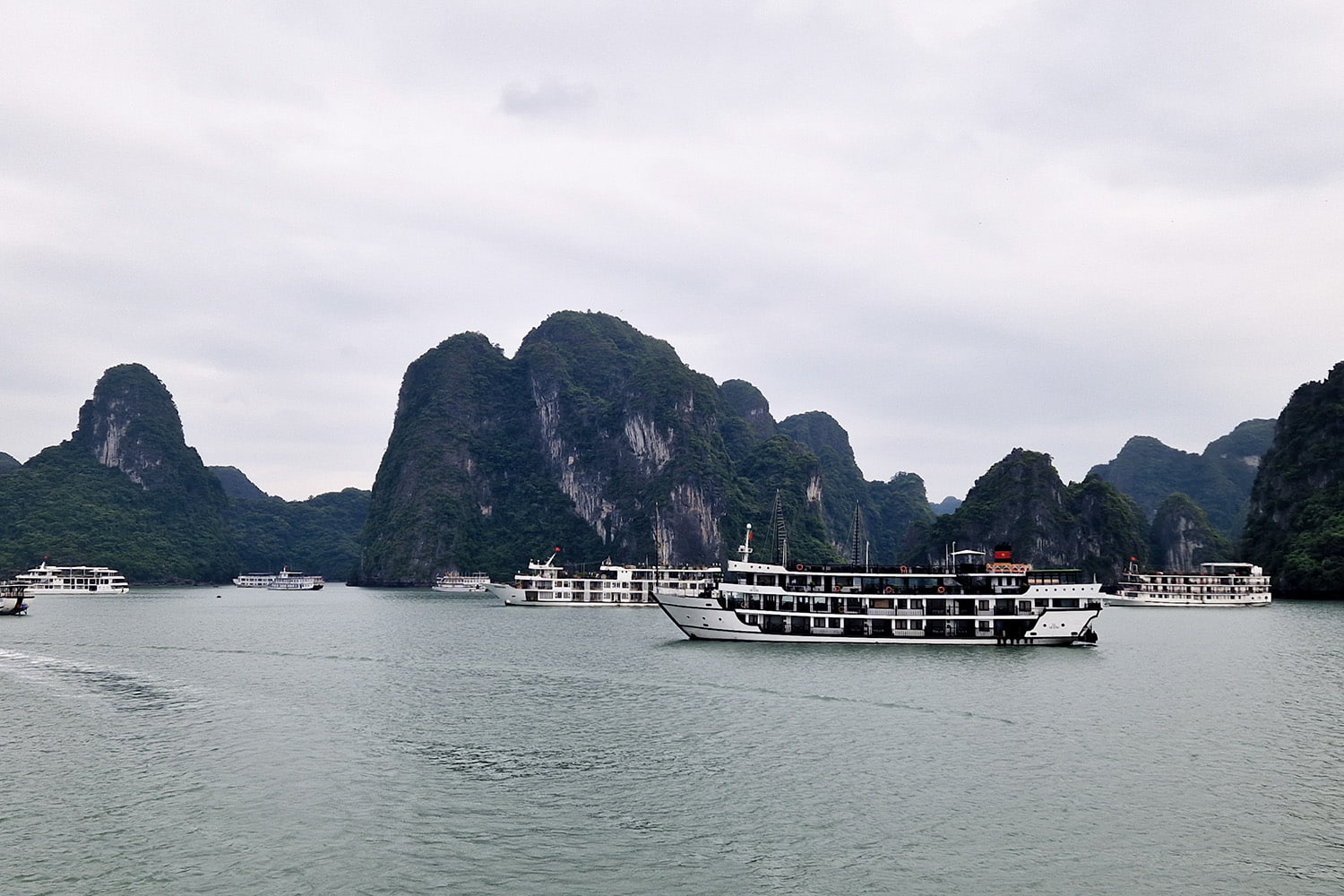
4. Vietnam Packing List
In this section we will go over all things related to packing and what to bring on your next trip to Vietnam.
🧳 What is best for travelling Vietnam: Backpack or Suitcase?
If you know us, then you might already know that we very much prefer travelling with a suitcase over travelling with a backpack. However, Vietnam is one of those countries where we would honestly say that a backpack might be the better choice. Especially, if you intend to explore more rural off-the-beaten-path areas and do a lot of overland travel.
We travelled Vietnam with a suitcase and while it was doable, it was strenuous at times. Side-walks are basically non-existent in Vietnam and navigating the busy side of the road with a suitcase is nothing short of an obstacle course. At the end of our time in Vietnam, one of our suitcases had a broken handle and definitely more than one dent. It wasn’t the most expensive of suitcases but that’s beside the point.
The only instance where I would say that travelling Vietnam with a suitcase is no issue at all is if your itinerary consists mostly of cities and very little overland travel. For example, if you spend a few days in Hanoi before flying to Da Nang and spending a few more days in Hoi An and Da Nang, then bringing a suitcase should be absolutely fine.
So I guess, in the end, the answer to this question depends mostly on the nature of your Vietnam itinerary.
🎒 What are essential items you need to pack for Vietnam?
- 🔌 Power Plug Adapter. A variety of power sockets are in use in Vietnam. To be safe, bring an adapter.
- 🧥 Warm clothes. While Vietnam is a Southeast Asian country, its climate is actually quite varied and thus depending on the season and your destinations within the country, it might actually get pretty cold! So make sure to pack accordingly!
- 👒 Sun hat and sunscreen. For obvious reasons.
- 👜 Crossbody Bag. For day excursions or sightseeing we usually only bring the essentials in a small crossbody bag. Less to carry and it also minimises the risk of being pick-pocketed!
- 💤 Light Sleeping Bag Liner. If you are going to travel on a lot of night-buses and are worried about or uncomfortable with the potential overall cleanliness of these buses, then bring a sleeping bag liner. They do not take up too much space and may make your journey quite a bit more comfortable.
- 🦟 Mosquito Spray. Generally a good idea when travelling to a country with a tropical climate zone.
- ☔ Rain jacket. We did encounter a few rainy days while in Vietnam and where quite happy to have our rain jackets on us on this trip.
- 👟 Good walking shoes. Pack your most comfortable walking shoes because you will do quite a lot of walking in Vietnam!
5. Currency, Conversion Rates and the Art of Negotiating in Vietnam
In this last section, we will tackle everything related to money and payment methods in Vietnam!
💱 The Vietnamese Dong and Current Conversion Rates
- The currency used in Vietnam is the Vietnamese Dong (VND).
- Approximately, 29.577 VND = 1€ or 26.045 VND = 1 USD(Last updated: May 2025)
- To make it easier on you while travelling, you can roughly consider e.g. 30.000 VND to be “a little more than 1€” or 26.000 VND to be 1 USD to get a first idea of what cost what without having to pull out the currency converter every time💸.
- Check current conversion rates to any currency via the Oanda Currency Converter.
💵 Do I need cash in Vietnam?
When travelling Vietnam we definitely recommend having cash on you at all times.
There are several instances where payment by card should be fine, i.e. in bigger restaurants or inside shopping malls, especially in the cities. Plus, expenses such as accommodation and transportation can usually be paid beforehand online when booking via whatever is your preferred booking platform (i.e. Agoda, Booking.com, 12GoAsia, Grab, and so on).
As a tip: Do check beforehand whether or not your credit card charges you a fee if you pay in a foreign currency. If this is the case then payment in cash for food and shopping etc. may be more to your advantage on your trip.
However, if you wish to buy things at small local shops, food stalls and restaurants or if you have to pay e.g. parking fees, tips or entrance fees, those are very likely going to require you having cash.
In general, if you are travelling to more rural areas, then having cash on you is actually really a requirement! Outside of the bigger cities, from what we gathered while there, cash is the preferred or only accepted payment method in most instances.
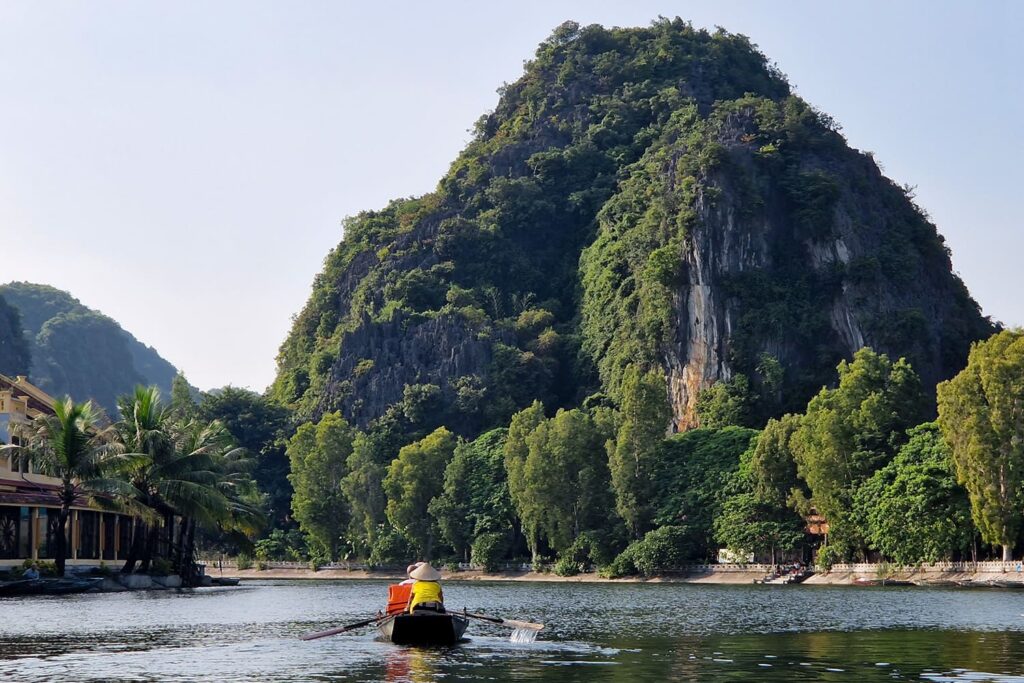
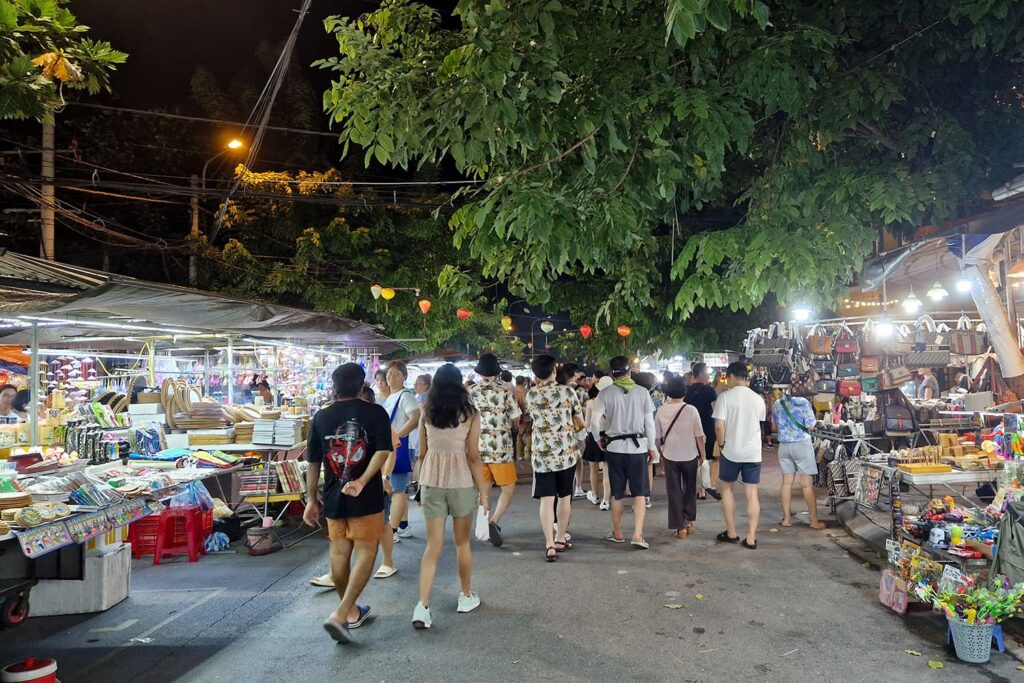
💳 Where to find ATMs in Vietnam?
Now that we established that you very likely need cash for travelling Vietnam, the next question is naturally, where to get it? In Vietnam, ATMs are actually quite easily found in any bigger locality or tourist destination. You can find ATM’s e.g. near convenience stores, inside shopping malls or inside specific bank branches.
We would usually search for nearby ATM’s on Google Maps and then, based on other people’s reviews, choose the one that seemed to be the best/safest option.
And now, finally, one last but very important question:
🗣️ Negotiating in Vietnam, is it really that necessary?
The answer to this question is 100% a YES. Anytime that you buy goods from a street vendor or small shop where there are no price tags, you can assume that you are being ripped off, potentially quite badly. In Vietnam it is generally expected that you negotiate. Not doing so will come as more of a surprise to locals than if you do it.
Note: There are of course also instances where you shouldn’t bargain. As a rule of thumb – everywhere where there are fixed prices, e.g. at restaurants, inside shopping malls or at convenience stores.
So, what is the best bargaining strategy?
Before we get into this, let it be known that we are by no means experts when it comes to negotiating. We have quite likely overpaid more than once while in Vietnam (as most tourists probably do)😆. But, here it goes.

- If we knew beforehand that we were looking to buy a specific item, then we looked up an approximate price in advance. This helps a lot when negotiating since you know exactly when you are being charged way too much.
- When the vendor states their initial price, start by offering half of that. The vendor will then of course be ‘outraged’ and say that is way too little. And so begins a back and forth between you and the vendor where you slowly increase your price and they slowly lower theirs until you come to an agreement.
- If you do not come to an agreement, simply walk away. If your price was in reality not outrageously low (even if they pretend it is), they are quite likely going to follow you and end up agreeing to your price. If your asking price was truly outrageously low, then at least you’ll know that too😆.
- Finally, it may be a good idea to have a converter app on your phone. That way you’ll get a better idea of what sums you are bargaining over. For instance, 5.000 VND are not even 20 cents. So, ask yourself if it is truly worthwhile to not come to an agreement over such a sum;).
Vietnam Travel Checklist: Final Thoughts
And this concludes our Vietnam Travel Checklist! In this post we covered all the more organisational details of planning a trip to Vietnam from entry requirements to payment methods, best SIM Card and so on. If there are other topics you think we should cover in this post, do let us know in the comments!
Save this post for later, if your trip to Vietnam isn’t for another while. And, as always, safe and happy travels!🍀
